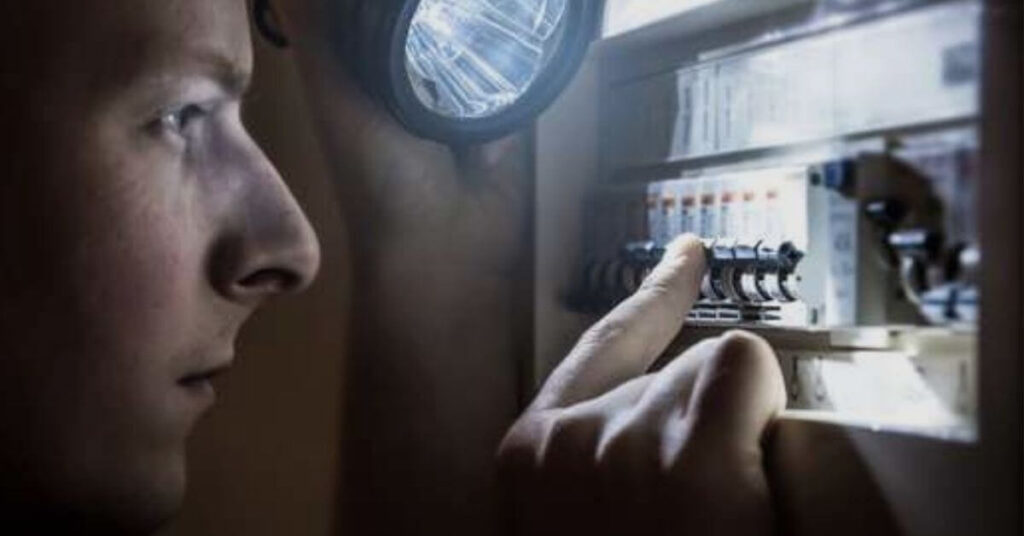Your generator was working smoothly without a hitch on that normal day. There was no tension in your life, even when there was no power.
You now have a power surge issue because of a sudden incident. How to fix the generator power surge problem? I know this question is teasing you, and you will find the answer in this article.
Power surges aren’t well known to many users. A power surge occurs when a voltage spike is higher than usually flows through outlets in a very brief period of time. Any device that is affected by this sudden surge could be destroyed or damaged.

We are going to explain to you in this article how to fix the generator power surge problem, as well as provide many other details about power surges.
Firstly, let’s know more about power surges.
Also Read: How To Start Generator Without A Pull Cord?
What Is Meant By A Power Surge?
When a generator exhibits clear oscillations in its performance, it is termed surging. Intervals can be predictable or arbitrary.
Sometimes, a surge generator will cause lights to brighten and dim rapidly, resulting in a flickering effect. A fan may run faster and then slower for no apparent reason, or a motor may cycle back and forth rapidly.
How Do Generator Surges Occur?
This can be caused by various factors, including:
Incorrect Fuel Use
If you use any other fuel source, your generator may experience problems (and may even be damaged permanently).
A Faulty Capacitor or Any Other Component
When a capacitor fails, becomes damaged, or ages, it can cause wild ups and downs in power output.
Poor Maintenance
The generator should be put through its paces on a regular basis, just like a car. Monthly is recommended. This prevents anything from rusting, settling, or degenerating. In addition, all generator repairs should be done properly and promptly. Bad generator repairs can cause your generator to slowly die.
Despite their durability, generators will not last forever. Your generator may need to be replaced if it is experiencing surges and has been running for many years
Extra Load
Generators should never be overloaded. Overheating leads to malfunctioning as well as surging.
Make sure to use extra caution when using motor-driven appliances, because they require additional power to overcome inertia (starting watts). Afterward, they will run at their original capacity.
A refrigerator is a good example. After it starts, it consumes only about 200 watts when running continuously. After it starts, it needs 800 to 1000 watts to start up.
A Faulty Motor
In general, generator surges are caused by old motors with erratic behavior and variable batteries. The motors in old machines without governors cause fluctuations in the power draw, resulting in unstable voltage surges that can harm sensitive electronic equipment.
How to Fix Generator Power Surge Problem?
1. Replacing or Repairing Faulty Equipment
To fix the generator surging problem, you should replace old damaged components, such as a capacitor or AVR.
Call a professional if you are unsure of what you are doing. Do not play with electricity.
2. Don’t Overload Your Generator
When the device is overloaded, it malfunctions overheats, and suffers power surges. You should never overload your generator, especially with appliances that require motors.
Don’t connect more than you need.
3. Fuel System Briefing
- Jets are located under the throttle stop screw, behind the side panel. On top of the low-speed jet, you must remove the throttle stop screw.
- It would take a few turns to loosen it up, so we’ll need to turn the screw back a few more times.
- Holding the jet, slide it straight up and down as you grab onto it.
- Even the tiniest of debriefings is sufficient to block the jet hole, which is very small.
- Just one thread of copper wire from the wire should be pushed down the hole (not the entire wire). Handle it gently.
- Be careful not to damage the O-rings by using it since the compressor is fragile.
- Reassemble all the parts.
The generator should now work properly.
4. Remove and Clean the Air Filter and Carburetor
The air filter can sometimes become clogged with dust and debriefing. Fresh air isn’t getting into the engine properly. The engine may also fluctuate as a result.
A clog forms in the carburetor if old gasoline is used, making fresh fuel difficult to pass through. Insufficient fuel may result in the generator surging since the engine cannot burn completely.
When your generator hasn’t been used for a while, clean the main jet and drain the carburetor
FAQs
Conclusion
Now that you know the generator can be recovered from the power surge problem, you should be able to handle it with confidence. Furthermore, this article explains the signs (mentioned above) of power surges well, so that you can determine whether your generator is experiencing a power surge or not.
In this article, I hope to have adequately explained how to fix the generator power surge problem? Share it with others who are experiencing a similar issue if you found it useful. We’d love to hear your thoughts here in the comments section.




